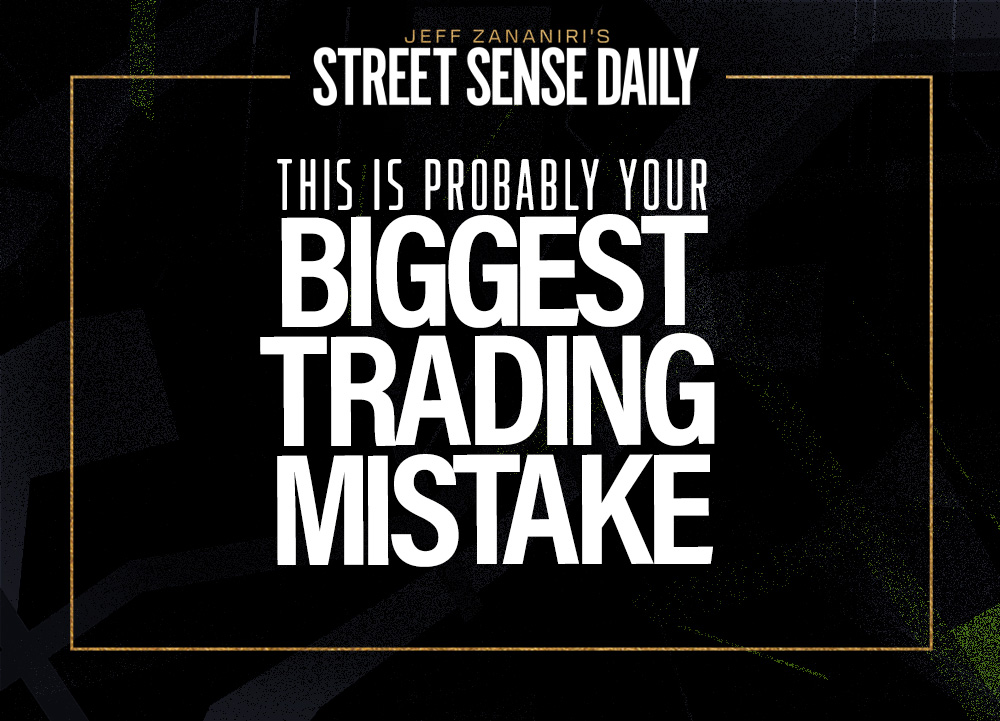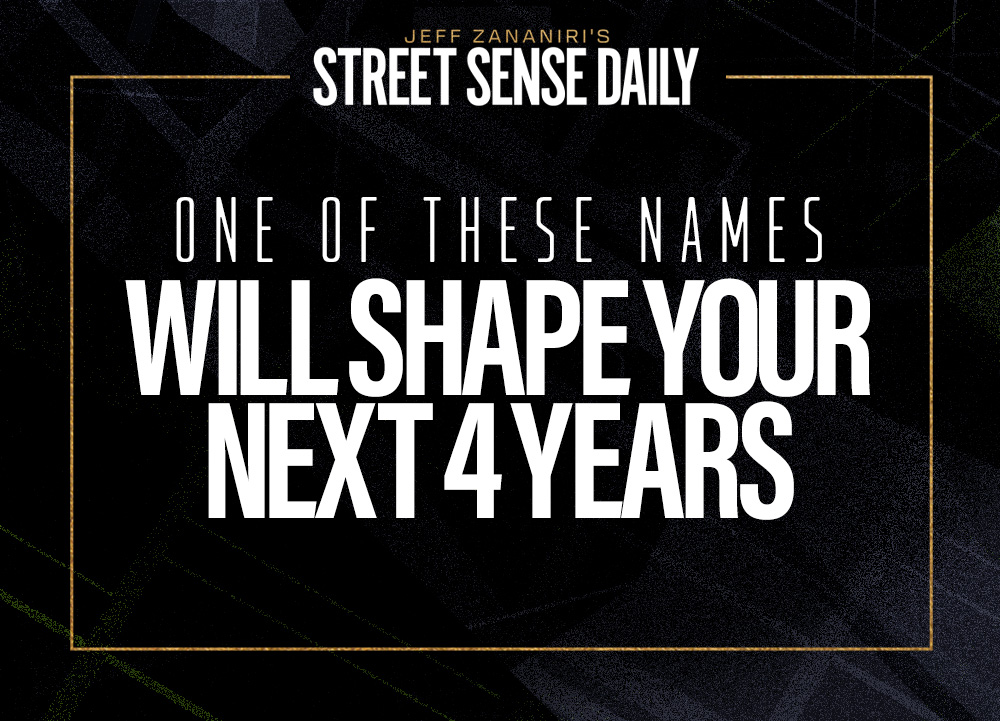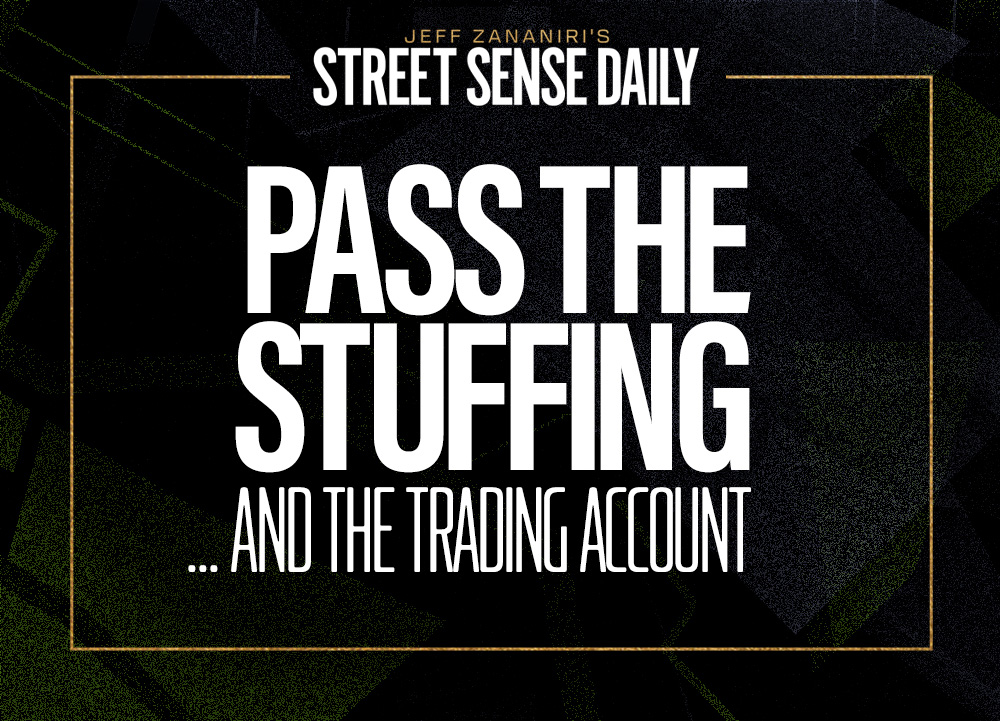Good morning, traders,
Let’s see if this scenario sounds vaguely familiar: You’ve sat there staring at your screen, juggling two solid setups, thinking, “If I pick this one … am I leaving money on the table with the other?”
If that’s ever happened to you, then you’ve already met one of the sneakiest threats to your success in this business, and it’s called opportunity cost.
It doesn’t show up on your brokerage statement and won’t flash red on your charts.
But it’s real. And it’s relentless.
Opportunity cost is what you miss out on every time you say “yes” to one trade and “no” to all the others.
And when you’re trading options, where time is quite literally money, this silent cost can pile up fast.
Most traders don’t think about it until they’re stuck in a lagging trade while something else runs wild — or worse, when they spread themselves so thin trying to chase everything that they end up with a bunch of mediocre positions that barely move the needle.
So today, I’m going to show you how to stop letting opportunity cost quietly drain your performance.
Here’s how I beat it once and for all.
The Time Factor
In options trading, your biggest enemy isn’t the market, it’s the clock.
Every second that passes, theta (time decay) is working against you.
So when you put money into a contract, you’re not just committing cash, you’re committing time.
If that contract stalls out or moves sideways, you’re not just losing money. You’re missing the chance to be in something better.
That’s the real cost most people never calculate.
It’s why I only take trades that meet my exact criteria.
If I’m risking time and capital, I better see clear signs that I’ve got the edge. Half-baked setups just don’t cut it.
Don’t Let FOMO Drive the Bus
Here’s another way opportunity cost sneaks in: your mindset.
The fear of missing out — or watching someone else catch a big move while you sit on the sidelines — can mess with your judgment.
I’ve seen it a hundred times.
Traders start chasing every alert, hopping from one ticker to another with no real plan.
Suddenly their account’s got 10 open positions, and not one of them has enough size or conviction behind it to matter.
That scattered approach is opportunity cost eating away at your focus, your clarity, and your account balance.
Here’s the ugly truth: You’ll never know which trade was “the best” until after it plays out.
So stop trying to chase perfection. Instead, build a system that gives you confidence before you ever click “buy.”
Don’t Dilute Your Edge
Now let’s talk about diversification, another place where traders get tripped up.
Yeah, it’s smart to spread risk in investing.
But in trading? Over-diversifying can be a silent killer.
If you’re throwing money at every setup that looks halfway decent, you’re not just diluting your capital.
You’re diluting your edge.
And the more you spread out, the harder it gets to focus on the trades that actually matter.
One strong setup, sized correctly, will beat five “maybe” trades every time.
How I Killed Opportunity Cost for Good
Back in the early days, I struggled with this constantly.
I’d look at all the ticker symbols out there, all the strike prices, all the expirations — and I’d freeze.
How the hell was I supposed to know which one was the “right” one?
Eventually I realized I needed to focus on the best potential setups with the fewest potential downsides and make sure I accounted for both.
I stopped guessing. I stopped chasing. And I started focusing only on the trades that have real momentum behind them.
If you want to win consistently in this market, stop letting opportunity cost sabotage you.
You don’t need more trades.
You need better trades.
And that starts by following the money, not your emotions.
Stay street smart,
Jeff Zananiri



